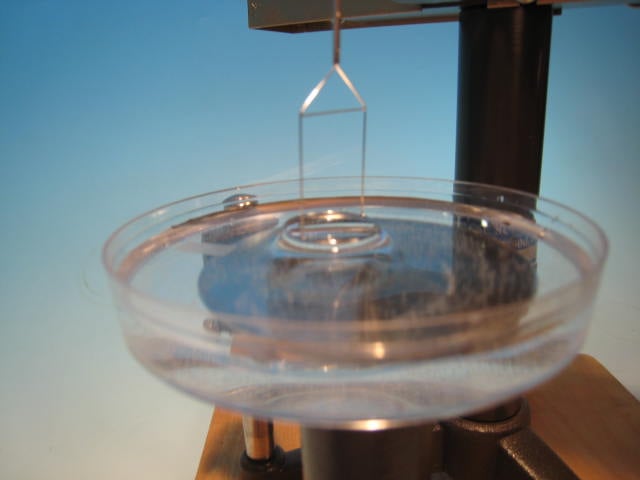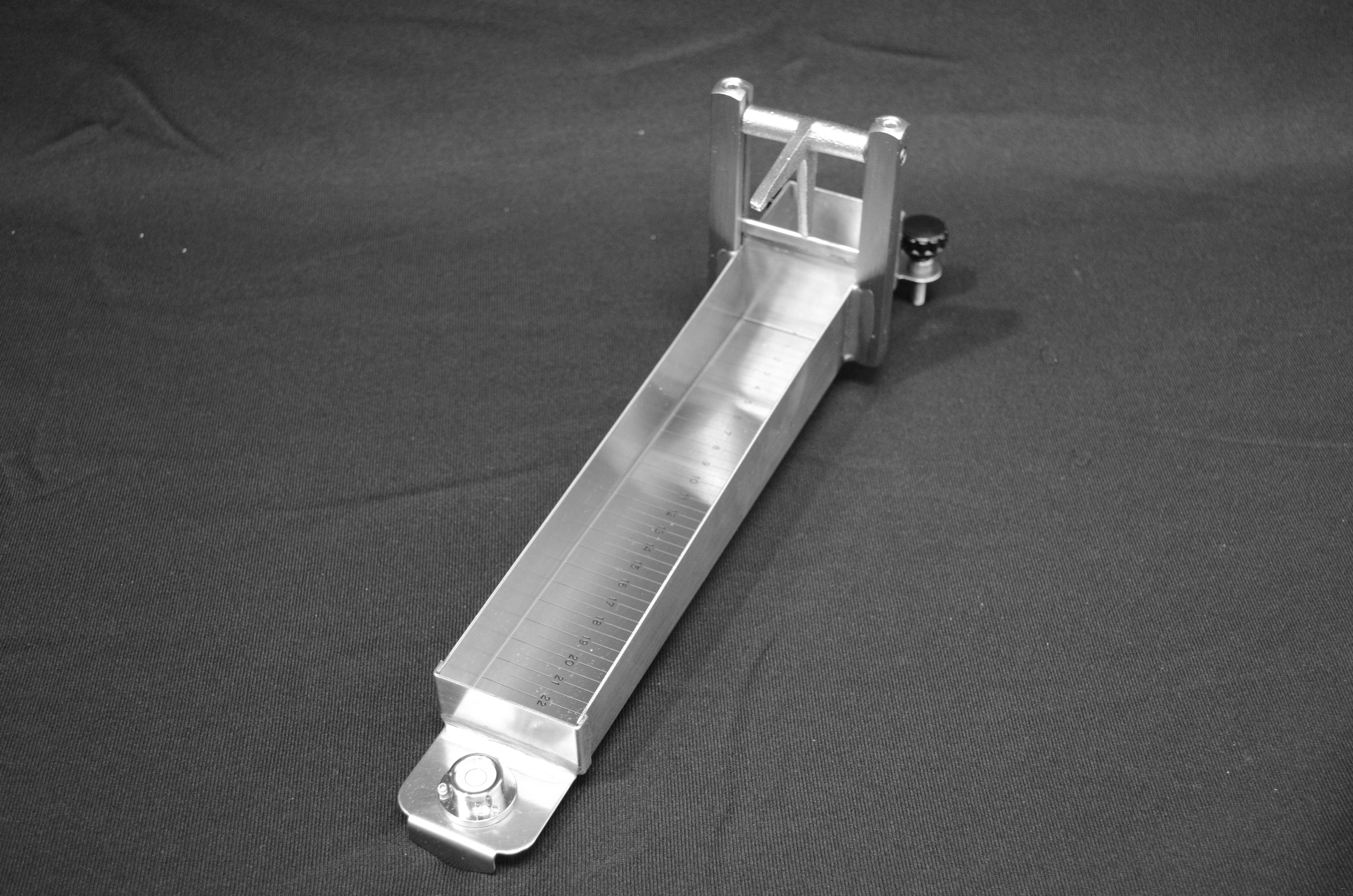Let's explore the alternatives and compare their respective capabilities.
Topics: Wilhelmy Plates, Automatic Digital Tensiometer, duNouy Rings, Tensiometer, Surface Tension Measurement, Surface Tension, Fisher Tensiomat, Tensiomat Trade-In, Liquid Properties, Digital tensiometer, automatic Tensiometer
Understanding Surface and Interfacial Tension in Liquids
Posted by Cho Jang on Apr 5, 2024 6:10:28 PM
I was musing, the other day on the designs of two ring tensiometers. One of them is called an interfacial tensiometer
Topics: Surface Tension Measurement, Surface Tension, interfacial tension, interfacial surface tension, surface Tension Testing, du Nouy Ring Method, du Nouy tensiometer, Liquid Properties
What is the Difference Between Dynamic and Kinematic Viscosity?
Posted by Hank Levi on Jan 26, 2024 1:55:33 PM
At first glance, viscosity seems like a fairly simple concept. It helps describe how thick a product is, or how well it flows. That's all, right?
In reality, there are several different terms that come under the heading of viscosity. These terms are derived from how the viscosity is measured. When people talk about viscosity, they are talking about one of two things: kinematic viscosity or dynamic viscosity.
It's not easy to find a lot of information on the differences between dynamic and kinematic viscosity. This is my attempt to bring clarity to these two principal concepts.
Read MoreTopics: Newtonian Fluid, Viscometers, Viscosity, Consistency, Kinematic Viscosity, Dynamic Viscosity, rotational viscometer, Liquid Properties, density, Texture Analysis, gel time
I keep running into this kind of thing.
There is a recurring question we are asked as instrument manufacturers:
"Is my equipment working OK?"
This is of particular concern when a production process seems to be off standard.
QC says: "Clearly Process Problems"
Production says: "Bad Test Results"
These challenges arise often.
What to do?
Topics: Surface Tension, Liquid Properties
Definition of a Tough Consistency Instrument
Sometimes we encounter a product that is so simple and rugged that it would be tempting to deem it indestructible. Consider a stainless steel trough with a gate and etched numbers on the bottom. Seems simple and the stainless would make it tough, right? That is not the case, but it has survived nearly unchanged for more than 85 years.
Topics: Bostwick Consistometer, Consistency, consistometer, Liquid Properties
One of the most frequently asked questions we get is, "How can I get a viscosity reading from the Bostwick Consistometer?" The answer is, "You can't." We've elaborated on this in other articles. We've even got a great infographic to explain the difference. With this article, I hope to advance the understanding of the difference between these concepts even further.
Read MoreTopics: Viscosity, Bostwick Consistometer, Consistency, viscometer, consistometer, Liquid Properties
Why Not A Bostwick Consistometer Calibration Standard?
Posted by Art Gatenby on Nov 24, 2021 4:00:00 PM
Customers Want Bostwick Consistometer Calibrations.
When told that CSC Scientific does not calibrate Bostwick Consistometers, people ask . “Then how can I calibrate my consistometer and where can I get a calibration standard?”.
Sampling Method Using Your Product
Topics: Bostwick Consistometer, Consistency, Calibration, Liquid Properties
The Bostwick Consistometer
We make the Bostwick Consistometer. The Bostwick is used extensively to measure the consistency of sauces and condiments. It has strong application in the quality control departments of ketchup and mustard producers. Results from a Bostwick Consistometer have been used for more than six decades to control the quality of many of the foods you use.
Topics: Viscosity, Consistency, Surface Tension Measurement, Liquid Properties
The Bostwick Consistometer is used all over the World to check the quality of sauces and condiments. In our in-house training session we do blind product tests and clearly define the differences between brand of ketchup and mustard. This is a testament to the value placed on Bostwick Consistometer tests by the top food manufacturers.
Topics: Bostwick Consistometer, Liquid Properties
Liquid Surface Tension and Interfacial Tension Between Liquids
Posted by Art Gatenby on Jun 24, 2021 3:34:00 PM
I was musing, the other day on the designs of two ring tensiometers. One of them is called an interfacial tensiometer and the other simply a tensiometer. The plain tensiometer works only with an upward pull and the interfacial works with both an upward pull as well as a downward push. Before I get to my question a couple of definition might be useful.
Topics: Surface Tension Measurement, Surface Tension, interfacial tension, interfacial surface tension, surface Tension Testing, du Nouy Ring Method, du Nouy tensiometer, Liquid Properties









